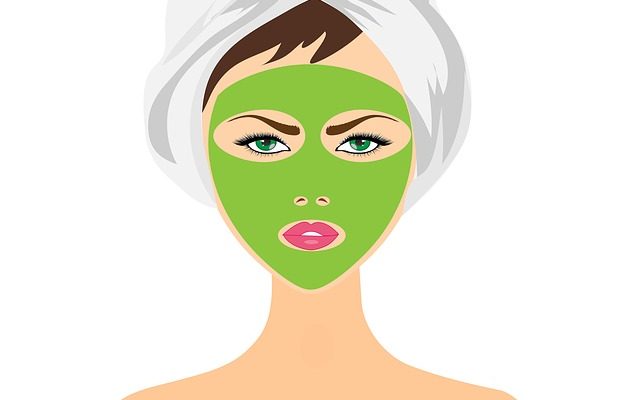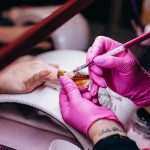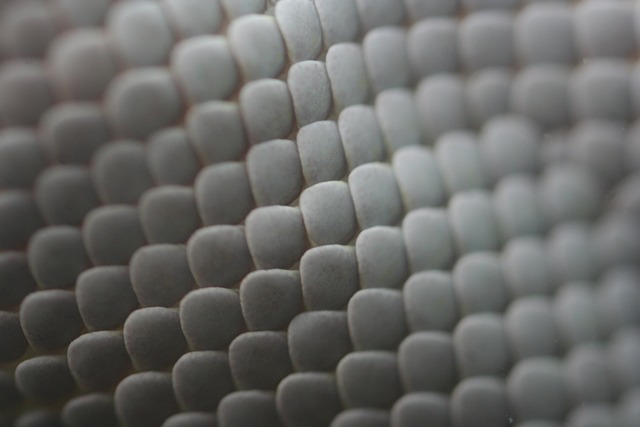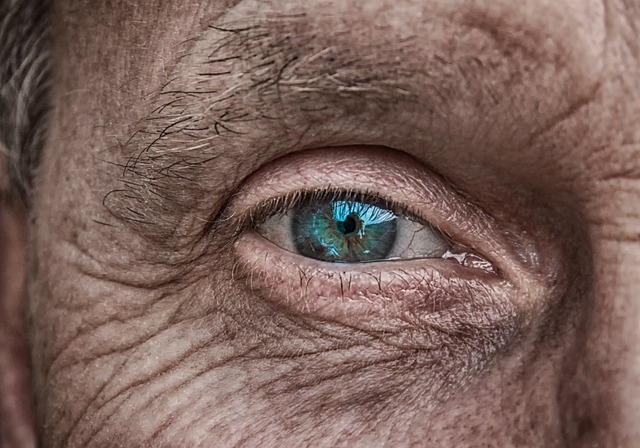Why our Skin is important:
Skin is the outer layer of our body. It is the only organ that comes in contact with the rest of the world. We all know the outer layer, the Skin of our body, covers our body organs. Here a question arises why is skin important? Skin is functional for the protection purpose of all internal organs. Which prevents dehydration, keeps all the infectious microbes away, helps to keep body fluids in their positions, and serves for gaseous exchange purposes.
Like all other body parts, this also has nerve endings that help us to feel different things like cold and hot pain and help us to produce a reflex action.
As we all know, Skin plays a vital role in protecting our body. We should take care of it and keep it healthy to its ends. So keeping it healthy will save us from many infectious diseases. Without it, our muscles, bones, joints, and all other internal organs could get harmed directly in case of any incident.
To illustrate why Skin is important, we must know about the skin layers and how it works. Without a doubt, it is the largest organ of our body by size. To be sure, it maintains the body temperature to its optimum limit. Optimum temperature is crucial for the proper functioning of our body organs and hormones. If the temperature gets too cold, you cannot work because your Skin will respond differently. And if it gets too hot, some blood capillaries grow in size and cool down the warm blood. It can also produce minerals and vitamins in different conditions and situations. Sitting under the sunshine can make vitamin D. Everybody knows how important vitamin D is for the growth of your bones because it strengthens your bones and other parts of your body.

Layers of Skin:
Our Skin comprised of three main layers
- Epidermis
- Dermis
- subcutaneous layer
Epidermis: the outer layer known as (the epidermis) outside the body. It is elastic. The epidermis can regenerate every time whenever it peels off. Premises further comprised of few things.
Keratinocytes:
The primary cells of the epidermis are present on the surface in a flatter manner. These cells continuously move toward the surface. these cells form the base of the epidermis during the
cell division.
Stratum:
The stratum is the outer layer of the epidermis formed by dead cells or keratinocytes. This layer is also named as the coronium or horny layer. This layer is functional to shed away or wear out continuously.
Melanocytes:
Melanocytes are specific for giving colour to the Skin and also protecting it from UV radiation. In the fact, melanocytes are a cell that produces a pigment called melanin.
Dermis: The dermis is the inner layer just present behind the epidermis. The dermis comprises the following.
Sweat glands:
These glands are important for thermal regulation. They produce sweat. The sweat travels through sweat ducts in the opening called pores.
Hair follicles:
Hairs are present in the pores from where sweat is released towards outside. These pits in which hair grows are named as hair follicles. Hair follicles are important for temperature regulation.
Sebaceous glands:
The main work of these glands is to produce an oil called sebum. This oil keeps hair free from bacteria and dust. They produce a surface film to save it.
Subcutaneous layer:
Overall, the innermost layer is present just behind the dermis. Moreover, it comprises connective tissues and fat that are good insulators.
Functions of Skin
- It serves as a barrier between the Skin and microbes
- It protects against bacterial infections
- It lessens the effects of UV radiation
- It detects temperature and serves as a sensory organ
- It helps in maintaining body temperature to its optimum limit
- It serves as a strong immune system against diseases
- It produces vitamin D in the presence of Sunlight
- It prevents the loss of water and moisture from the Skin
Degrees of burns
Other burns are classified into first, second and third degrees depending on how severe they are and how deep they penetrate the skin’s surface.
- First-degree burns: First-degree burns are also name as superficial burns. They affect only the epidermis outer layer of the Skin. The superficial burns make the skin dry and painful, but no blisters exist. This one mildly changes the color of the Skin. It may increase or decrease skin color. Long-term tissue damage does not happen in these types of burns. For an instant, Sunburn is an example of a first-degree burn.
- Second-degree burns are also called partial thickness burns, involving the epidermis and some parts of the dermis layer of the Skin. The second degree of burn may appear red blister, and it may be swallowed or sometimes painful.
- Third-degree burns: these bunches, also known as full thickness bu1tion in this area, will be felt after the third-degree burns.
Treatment: the treatment of burns depends upon the type or degree of burn that might affect the body part. It also depends upon the severity and the location of the burn. Sometimes some burns and small scalds are treated at home. At the same time, second-degree burns need proper care by a dermatologist. And third-degree burns need treatment at specialized burn centers. They need special follow-ups by the doctor.

How to treat sunburns:
New Skin can burn if you are in heat for a long time or under the sun without any cap. Because the ultraviolet radiations of the sun might affect your Skin. So some of the tapes are prescribe by Dermatologists to cure sunburns at home.
- Take frequent showers with cold water. It will help to relieve the pain caused by Sunburn.
- Preferably use a moisturizer or Sunburn cream while moving in the Sun. For example, if an area of the skin feels uncomfortable under the Sun, you might apply Sunburn cream. So do not use benzocaine products that mainly irritate your Skin or cause severe allergic reactions.
- Consider taking a brochure or aspirin to prevent swelling and discomfort.
- Drink as much water as you can. Bringing plenty of water helps you to prevent hydration due to Sunburn. Sunburn takes all the Fluids from your Skin away from the whole body, so drinking a lot of water will help you reduce dehydration from Sunburn.
- If Sunburn causes blisters on your skin, the burn is second-degree and needs healing. Do not touch or pop the blister. Formation of the blister will help your skin to heal, and it will give protection from infection.
- Take a sufficient amount of care during Sunburn. After Sunburn, cover your Skin with a cloth whenever going outside. You must try to wear tightly woven clothes that do not allow the light or heat of Sun to come inside the cloth. It will help you get more irritation and dehydration from Sun UV radiation.
All Sunburn seems to be a temporary condition. It is caused by the Skin receiving so much UV radiation from Sun. Sometimes it might cause long-lasting damage to your Skin. It also increases the risk of skin cancer. You must protect your skin from the dangerous ultraviolet radiations of the Sun Sun.
















